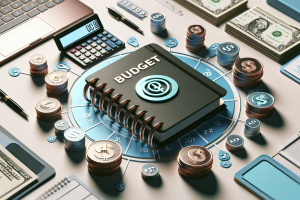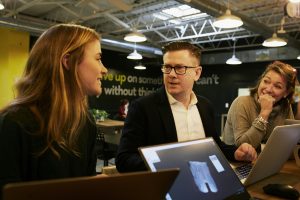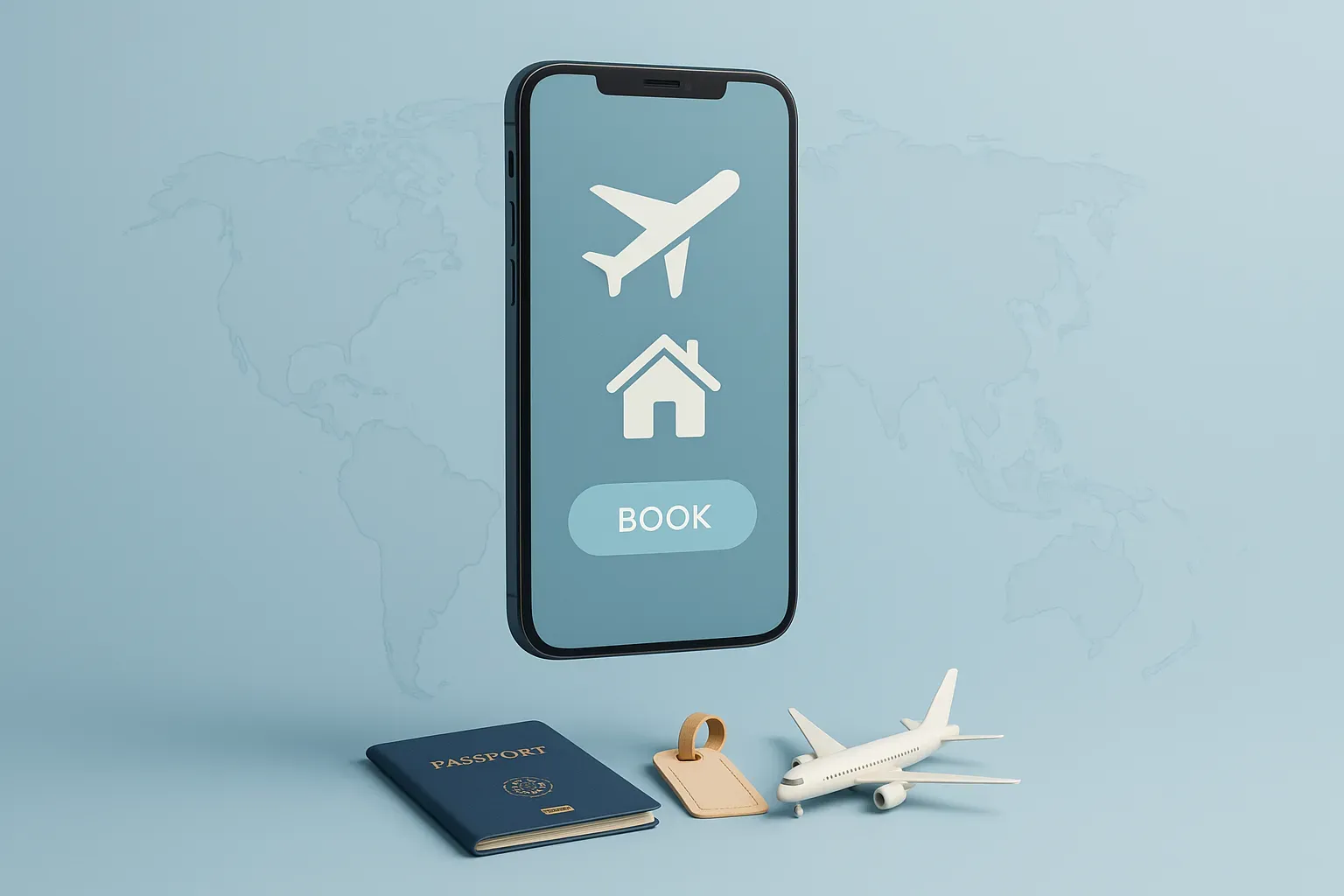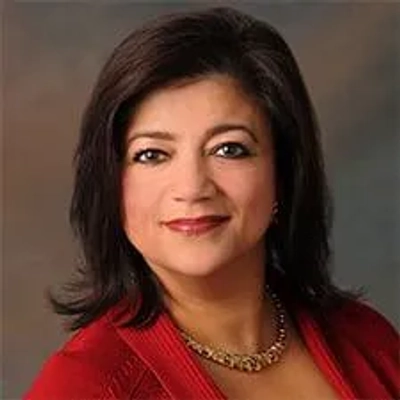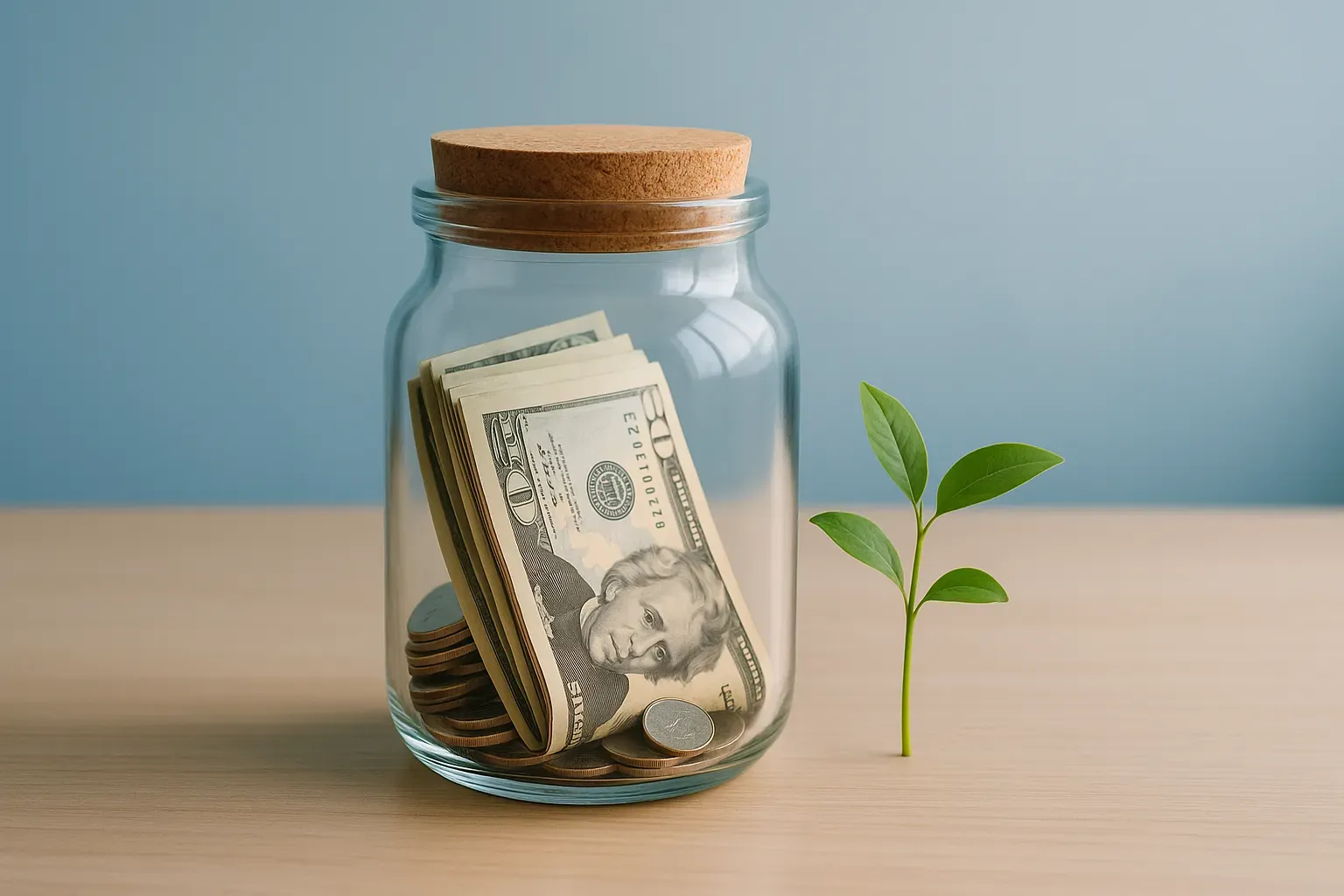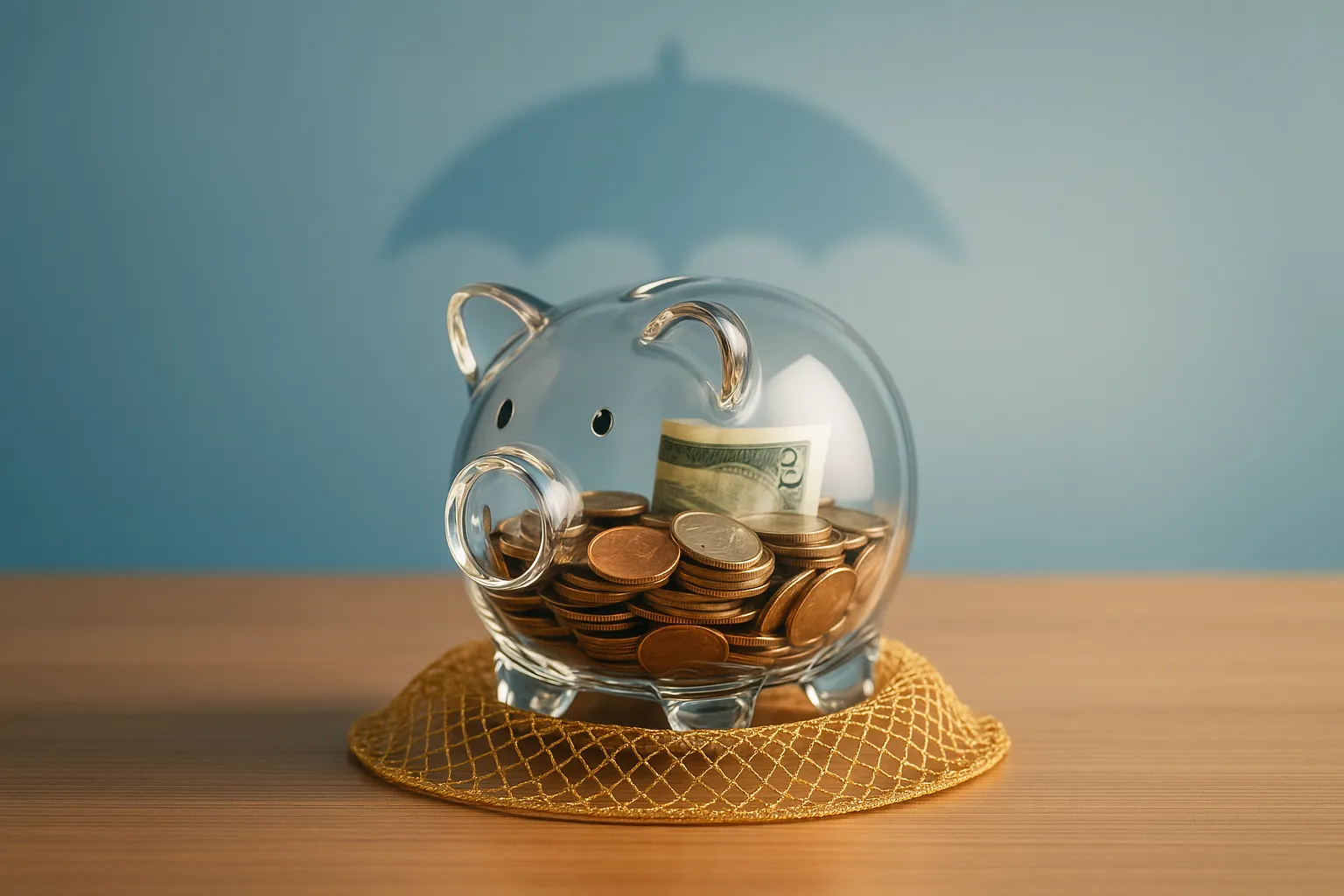14 Steps to Reach Your Financial Goals
Reaching financial goals requires more than wishful thinking — it demands a clear strategy and disciplined execution. This article breaks down 14 actionable steps that cover everything from building multiple income streams to strategic debt elimination and smart investing. Each recommendation is backed by insights from financial experts who understand what it takes to achieve lasting financial independence.
- Achieve Freedom Through Disciplined Stewardship Structure
- Create Runway Through Strategic Simplification
- Prepare Health Security Fund For Future Needs
- Expand Tech Fund With Clear Monthly Targets
- Build Layered Income Beyond Daily Output
- Scale Solar Division Through Crew Cross-Training
- Eliminate Operational Debt With Inventory Cleanup
- Fund Creation Runway With Client Buyback
- Sustain Revenue Through Full Coverage Focus
- Establish Stability With Automated Savings Habits
- Reach Freedom Number With Consistent Expense Cuts
- Expand Real Estate Portfolio With Targeted Markets
- Tighten Spend To Reinvest In Frontline Technology
- Invest Fifteen Percent Toward Financial Independence
Achieve Freedom Through Disciplined Stewardship Structure
I am working toward financial freedom, not just as a personal milestone, but as a way to create resources that can fuel impact in the community I’m called to lead. To get there, I’ve built a disciplined plan that includes diversifying income through my firm, strategic investments, and scalable service offerings. I’ve automated savings and reinvestments, reduced unnecessary debt, and established quarterly financial reviews to stay aligned with long-term goals. I will also reinvest profits back into systems and people that allow my business to grow without constant oversight. Every step is intentional and is anchored in the belief that true freedom comes from stewardship, structure, and service.

Create Runway Through Strategic Simplification
One financial goal I’m working toward right now is creating a longer runway for my companies that doesn’t rely on growth at all costs. It’s a shift I started making a few years ago after seeing too many founders burn themselves out trying to scale faster than their finances could support. I’ve worked with clients in SaaS, healthcare, and e-commerce who were technically “growing,” yet their margins were razor-thin and their stress levels were through the roof. I didn’t want to fall into the same trap.
So my focus today is building a buffer that allows us to make decisions from a place of strategy, not fear. Practically, that means getting a lot more disciplined with forecasting. I used to treat financial planning as something you revisit quarterly. Now I treat it as a weekly pulse check. I’ve learned that small misalignments compound quickly, but so do small corrections.
The second step has been simplifying. As an entrepreneur, it’s easy to say yes to every new idea, partnership, or experiment. But when I looked back at the past decade, the leaps in revenue and stability usually came from cutting things, not adding them. Streamlining our operations, sunsetting services that weren’t aligned with our core strengths, and automating repetitive tasks freed up more capital than any new initiative would have.
And on a personal level, I’ve been treating my own financial habits with the same rigor. When you’re running a business, it’s tempting to reinvest everything. But having a personal financial cushion changes how you think as a founder. You take smarter risks because you’re not pressured to treat every decision like a bet you can’t afford to lose.
The goal isn’t just a bigger financial safety net. It’s the freedom that comes with it — the ability to slow down when needed, to invest in the right opportunities instead of the urgent ones, and to build with intention rather than adrenaline. That’s been the biggest lesson for me as I move into this next phase of growth.

Prepare Health Security Fund For Future Needs
One financial goal I’m actively working toward is building a long-term health security fund — money earmarked specifically for future medical needs, preventive care, and unexpected health events. As a physician, I’ve seen families devastated not just by illness but by the financial strain that follows. A few years ago, I met a patient who delayed treatment because of cost concerns, and it became a turning point for me. I realized that the best advice I give my patients is the same advice I needed to apply in my own life: prepare early, plan intentionally, and make health a priority before a crisis forces you to.
To reach this goal, I treat the fund like a recurring “health bill” that must be paid every month, not when it’s convenient. I automate contributions, review my spending quarterly, and redirect a portion of any extra income — like speaking engagements or media projects — directly into the fund. I also focus on preventive habits that reduce long-term medical costs, such as regular checkups, anti-inflammatory nutrition, and stress-management practices. These steps are simple but powerful, and they reinforce a mindset I share with patients daily: when you invest in your health consistently, you reduce financial anxiety and give yourself more freedom in the future.

Expand Tech Fund With Clear Monthly Targets
I am working toward expanding a long-term tech fund for future growth. I start by setting a clear monthly target that fits real cash flow. We use simple tracking sheets so progress stays visible. I tested a small auto-transfer plan, and it raised my savings rate by 15 percent in one quarter. The habit felt calm and doable. Each step kept my focus sharp. The result was steady and strong. This goal reminds me that small moves build lasting strength.
Build Layered Income Beyond Daily Output
My main financial goal right now is building long-term income stability that isn’t tied to my daily output. Like many entrepreneurs, I’ve learned that working harder doesn’t always mean earning smarter — so my focus has shifted from growth to leverage.
I’m building a layered income model that blends consulting revenue with scalable digital assets — like education programs, partnerships, and subscription-based tools. The idea is to create systems that keep generating value even when I’m not in the room. It’s less about chasing volume and more about designing predictable cash flow that supports both freedom and sustainability.
To get there, I’ve become strict about how I allocate capital and time. Every expense has to pass what I call the “return-on-energy” test — does it either reduce friction or multiply impact? I’ve also automated most financial tracking, set quarterly liquidity targets, and created a personal “profit-first” system where savings and investments are pulled before discretionary spending. Those small operational disciplines compound faster than big wins.
What’s changed most is mindset. I used to measure success by top-line revenue. Now I measure it by how long I could sustain my lifestyle if business stopped tomorrow. That shift reframes every decision. Financial independence isn’t about wealth accumulation — it’s about having enough control over your money that it supports your life, not the other way around.
Scale Solar Division Through Crew Cross-Training
Right now I’m working toward diversifying our revenue streams by scaling our solar and high-efficiency AC divisions to match our core roofing business. We started offering solar pool heaters and AC installations about 18 months ago, and they’re already contributing 28% of our revenue across Broward, Palm Beach, and Miami-Dade counties.
The biggest step was training our existing roofing crews on solar integration rather than hiring separate teams. We sent 12 technicians through certification programs, which cost us about $45K upfront but eliminated the need to build an entirely new department. Now the same crew that installs a tile roof can add solar panels or recommend AC upgrades — customers love the one-stop approach.
What’s working is bundling services during the initial consultation. When someone calls for a roof replacement, we assess their energy costs and show them financing options through Hearth that bundle everything into one loan up to $250K. About 40% of roofing clients now add solar or HVAC work because the monthly payment difference is minimal compared to their energy savings.
The key lesson for me has been that your next revenue stream is already sitting in your existing customer base — you just need to solve more of their problems while you’re already there.

Eliminate Operational Debt With Inventory Cleanup
The main financial goal I’m currently focused on is reducing our reliance on operational debt by building a decent six-month liquidity reserve. Most e-commerce businesses live and die by short-term credit — it’s the debt you take on to cover the gap between paying the manufacturer and collecting the money from the customer. That debt just exposes us to market shifts and high interest rates. My goal is to free up that working capital entirely and get that money sitting in our bank account.
The primary step we’re taking is implementing a ruthless, aggressive inventory clean-up. We are using our predictive data to eliminate any product that takes longer than 90 days to sell through, regardless of how much we like it. We’re pushing that slow stock out the door to free up the cash it’s trapping. We’ve also gone to our top three best-selling suppliers and successfully negotiated a 10% reduction in our payment terms. This ensures we don’t have so much of our capital tied up in slow stock or waiting too long for the best products to arrive.
This focus is a strategic choice, not a quick fix. By aggressively prioritizing faster inventory turns and maximizing our immediate cash on hand, we gain complete operational control. This will not only shield us from being crushed by rising interest rates, but it will also give us the financial firepower to execute strategic moves — like bulk purchasing critical raw materials — at a moment’s notice, turning our own liquidity into a massive competitive advantage.
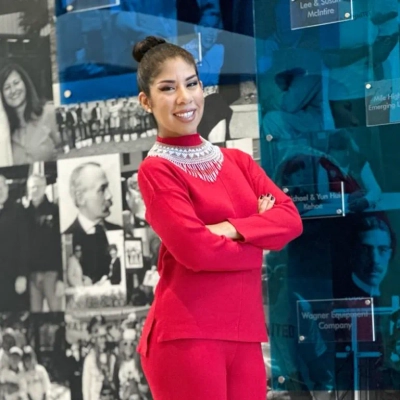
Fund Creation Runway With Client Buyback
The primary financial goal I am working toward is building a six-month Creation Runway. This is distinct from a standard emergency fund because its purpose is not to save me from disaster but to buy me freedom from client work. My objective is to accumulate enough cash to cover my living expenses for half a year so I can completely stop taking freelance commissions and dedicate my full attention to building my own library of digital assets and software tools without the pressure of immediate billing.
To achieve this, I have implemented a strict internal tax on all my current projects where twenty percent of every single invoice is immediately diverted into a high-yield savings account that I nickname The Buyback Fund. I realized that relying on leftover money at the end of the month never worked, so I automated this transfer to happen the moment a client pays me, effectively treating my future creative freedom as my most important expense. I also raised my hourly rates by fifteen percent this quarter to ensure that this deduction does not impact my current quality of life, essentially asking my current clients to subsidize my transition out of the service model.
I am also taking the practical step of treating this runway as a gradual transition rather than a sudden cliff. I currently use the accrued funds to purchase one full day a week, usually Fridays, where I turn off all notifications and work exclusively on my own products. This ensures that I am not just saving money for a hypothetical future but am actively practicing the discipline of being my own boss. It shifts my mindset from that of a frantic freelancer chasing the next check to a business owner investing in long-term equity.

Sustain Revenue Through Full Coverage Focus
One of our main financial goals right now at Eprezto is to consistently surpass $300,000 in monthly revenue. We’ve hit that number a few times, but the real challenge, and the goal, is maintaining it month after month in a sustainable way.
To get there, we’re putting a stronger focus on full coverage insurance policies. These plans not only bring higher margins but also provide more long-term value to customers, which naturally increases retention. So we’re optimizing both our advertising and user experience to highlight why full coverage is worth it, simplifying comparisons, clarifying benefits, and showing real examples of savings over time.
It’s less about chasing short-term sales spikes and more about building steady, reliable growth. Once we make full coverage our default choice for most customers, hitting and maintaining that $300K mark becomes much more achievable.
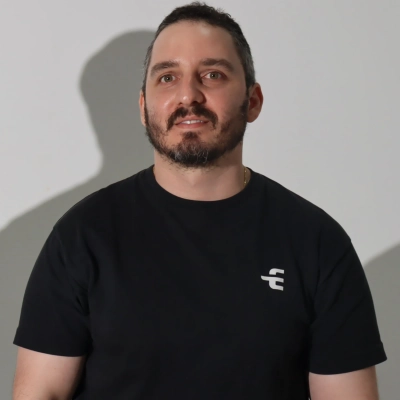
Establish Stability With Automated Savings Habits
Since I’m in my early 20s, my focus isn’t on big investments yet; it’s on establishing stability and healthy financial habits that will set me up for the future.
Each month, I set aside a fixed percentage of my income for savings using automatic transfers into a high-interest savings account. I also track my spending through budgeting apps like Notion and Mint to identify areas where I can cut back, such as eating out or unnecessary subscriptions. Whenever I get extra income from side projects, I split it; half goes toward my debt and half into savings or an emergency fund.
I’ve also started learning about basic investing through index funds and plan to contribute small amounts once I’m more financially comfortable. My ultimate goal is to have six months of living expenses saved and a manageable amount of debt paid off by the end of next year. It’s a slow process, but building financial confidence early helps me feel more secure and independent moving forward.

Reach Freedom Number With Consistent Expense Cuts
I now keep track of everything since groceries and rent push me over most months. I maintain a basic spreadsheet to track spending and maintain consistency. My freedom number is that number. I’ll feel more secure working as a freelancer and stop freaking out when projects are finished if I stick with it for six months.
Where I can, I’ve made cuts. I changed to a less expensive phone plan, saving $35 a month. Rather than ordering delivery all week, I started cooking. Sundays are now used for meal preparation. Although it’s not enjoyable, it’s effective. I’ve been hitting my goal most weeks for the past three months. Consistency, not perfection, is the aim. I’ll be able to turn down unsatisfactory clients once I demonstrate my ability to do this.

Expand Real Estate Portfolio With Targeted Markets
Right now my biggest one is building out a real estate portfolio for passive income. I’ve got one rental property already, but I want to add two more over the next 18 months.
The steps I’m taking:
First, I’m parking cash in a high-yield savings account specifically for down payments. Not touching it for anything else. I’m targeting 20% down to avoid PMI and keep my monthly payments manageable, so for a $300K property that’s $60K I need liquid and ready.
Second, I’m tracking markets where the numbers actually work. A lot of places look good until you run the math and realize the rent won’t cover your mortgage, taxes, insurance, and maintenance. I’m watching a few smaller metros in the Southeast where you can still find properties with decent cash flow.
Third, I’m working with a property manager before I even buy the next one. I learned the hard way with my first rental that being a landlord from a distance is a nightmare if you don’t have good help. I’m lining that up now so when I close on the next place, someone else is handling tenant issues at 2 AM.
And finally, I’m staying disciplined about not getting emotional. Real estate moves slowly. There are going to be months where nothing good hits the market. I’m not forcing a deal just because I’m impatient. I wait for the right property at the right price.
The goal isn’t to get rich overnight. It’s to build income streams that don’t require me showing up every day.
That takes patience and cash flow management, but it’s worth it.

Tighten Spend To Reinvest In Frontline Technology
One financial goal I’m focused on right now is tightening operational spend so we can reinvest more into frontline technology. What I’ve learned working with large teams is that small inefficiencies add up fast. We’re reviewing every recurring tool, consolidating overlapping platforms, and moving more workflows into systems that give us clearer usage data. Even simple steps like tracking adoption rates or automating routine tasks free up budget over the year. It is not glamorous, but visibility is what creates real savings.

Invest Fifteen Percent Toward Financial Independence
I personally believe in aiming for financial independence. Right now, I’m focused on investing 15% of my income into a diversified portfolio, including stocks and real estate. I regularly analyze market trends and take courses to enhance my knowledge. I also track my spending to ensure I save consistently. This approach helps me stay on course towards my goal while adapting to changes in the market. It’s about being proactive and informed to secure my future.













